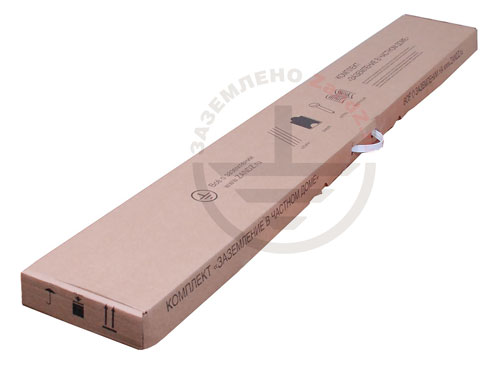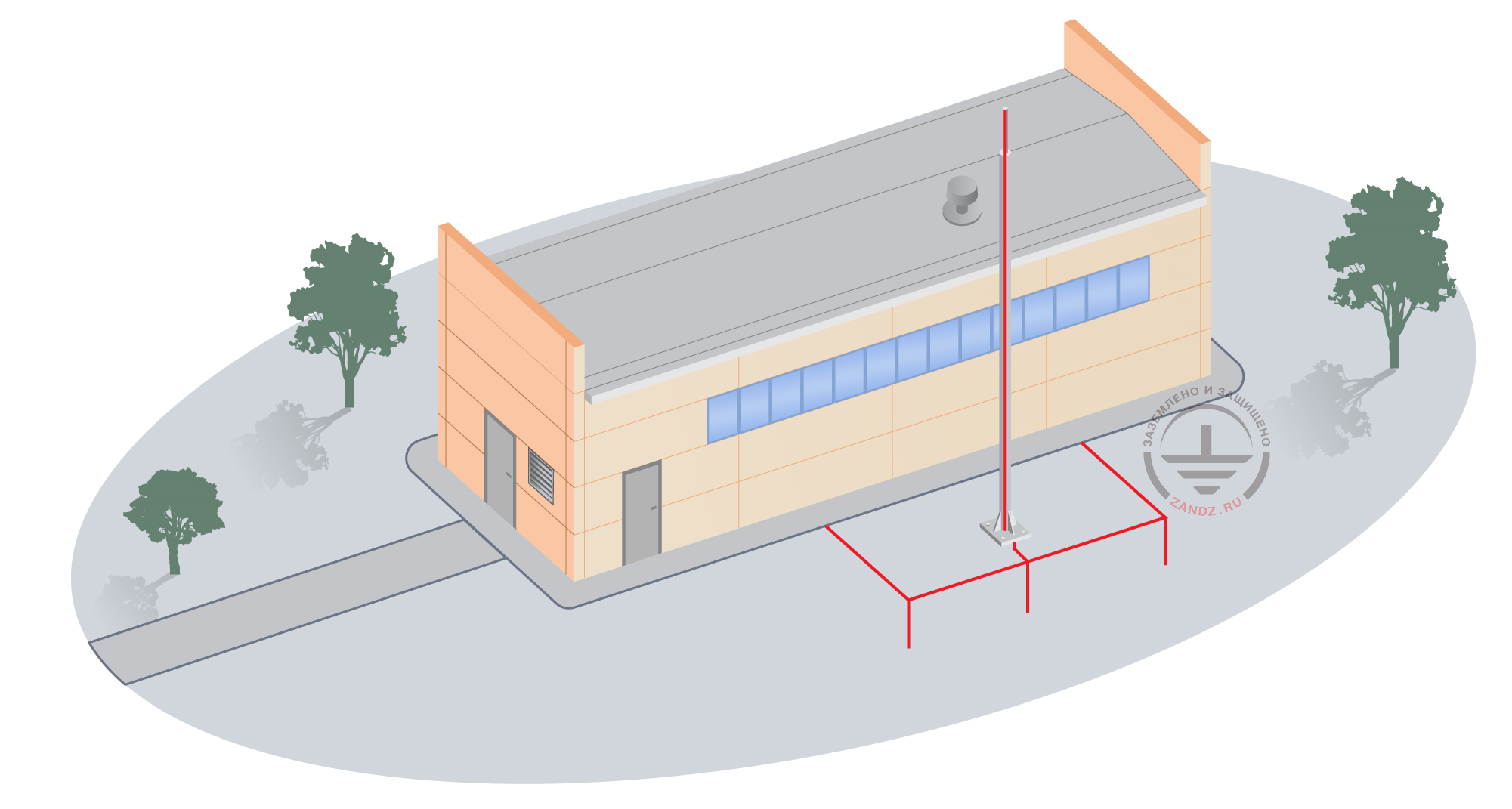12.12.14 , , , ,
Overloading of the power supply are common in winter. This is not surprising, because in winter, we switch heating equipment on, often use lighting and in general, stay more at home and use a variety of electrical equipment. It often happens that such an active use of domestic equipment leads to sad consequences.
To protect your home from this, it is necessary to provide reliable protection of electrical wiring. Grounding is also an important measure. But how to do it, if it is winter and the ground is frozen?
Everything is much easier than it might seem at first glance. It is not necessary to wait for spring, dig ditches and weld and hammer self-made angles into the ground in order to organize a working grounding.
A ground electrode on the base of a clutchless ground rods can also be installed in areas of limited space. For example, in the basement of the house. When working inside the house, installation of ground electrode systems is made at the floor level and is connected to the switchboard by the grounding conductor. If the electric switchboard is located in the basement, it would be an advantage - you'll save on the length of the conductor. Besides, the soil inside the house is less exposed to freezing rather than outside, so the grounding resistance will not increase.
Traditionally, a rod 1.5 meters long and 17 mm in diameter is used for grounding. At one end of the rod has there is a a recess hole and the other end is narrowed to facilitate the assembly process. To increase the length of the electrode, the narrowed end is inserted into one hole of the other. When hammering into the ground, the rods are safely pressed, forming an perfect junction.

Advantages of such a ground electrode system:
- Compactness. An electrode on the base of such rods is mounted as a single point and can be mounted even in a very limited space.
- Easy installation. In order to submerge the electrode into the ground,only a manual sledgehammer is required. Welding is not required.
- Efficiency. The electrode can be immersed to the depth of 6, 9 and even 12 meters, which increases the area of contact with the ground and reduces ground resistance to the required level*.
To save time on the selection of components, you can choose ZZ-6 grounding kit for a single-family house, which already includes everything needed for the installation:
- 4 rods described above,
- terminal for conductor's connection
- driving head for assembling with a sledge-hammer

* In hard and stony grounds, installation can be difficult.
Useful materials:
Related Articles:





